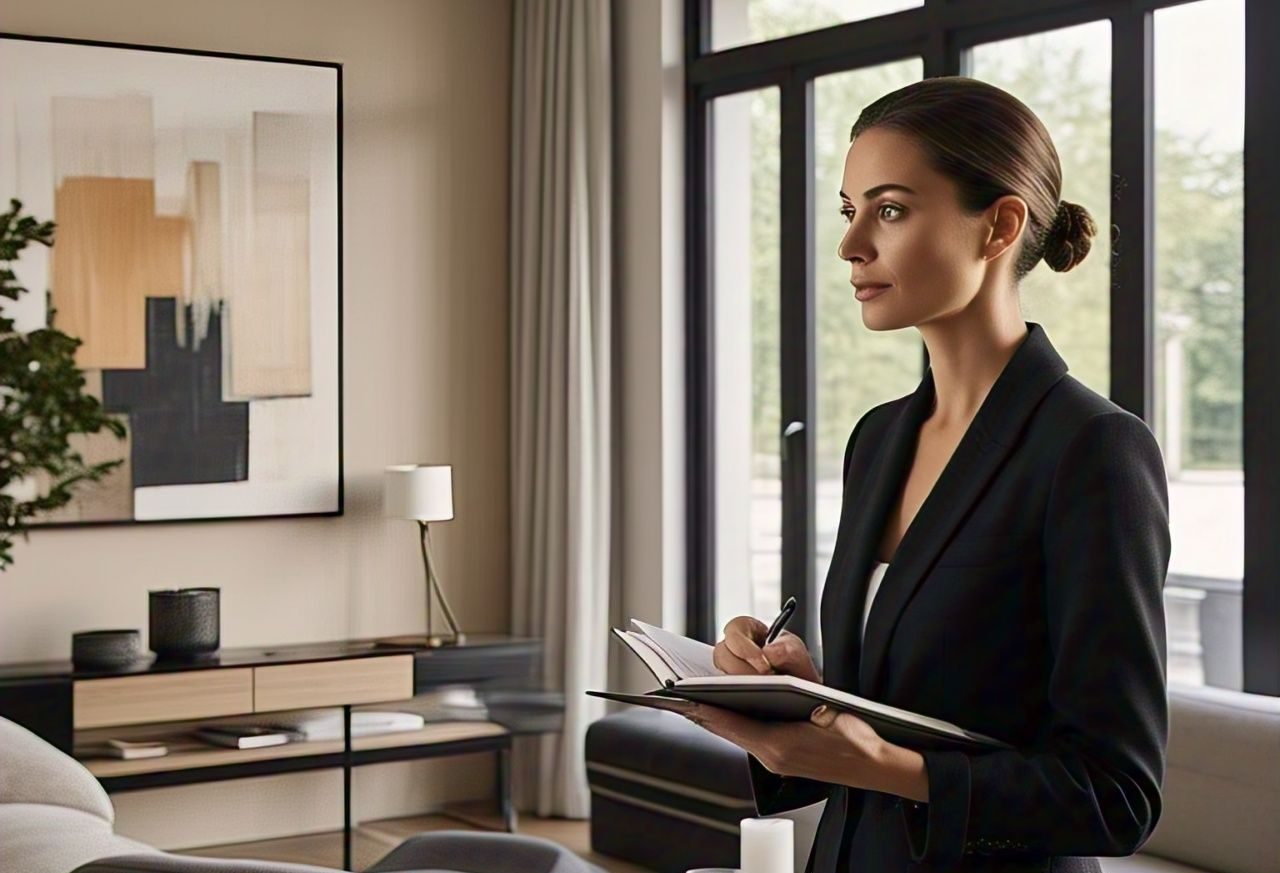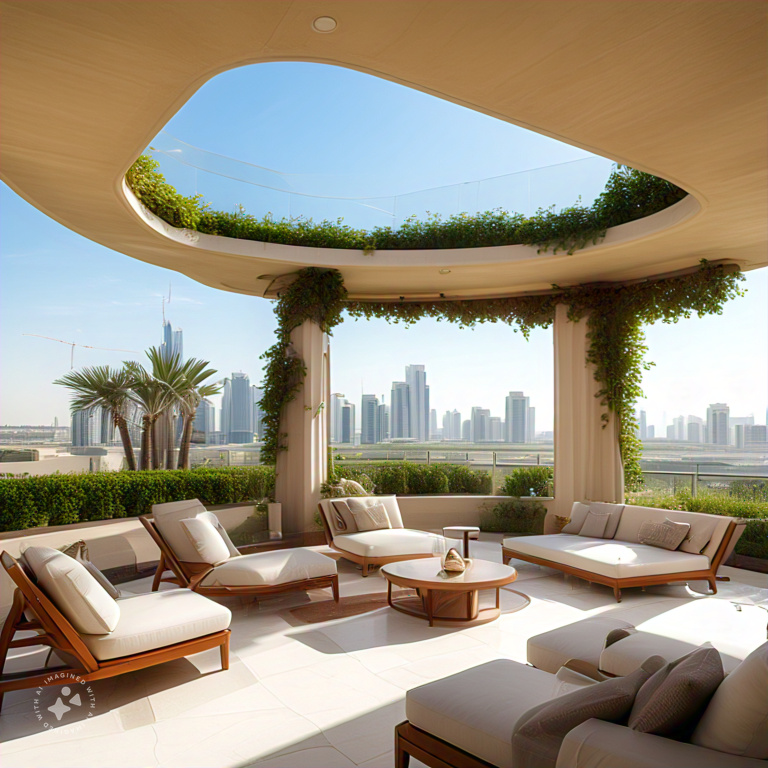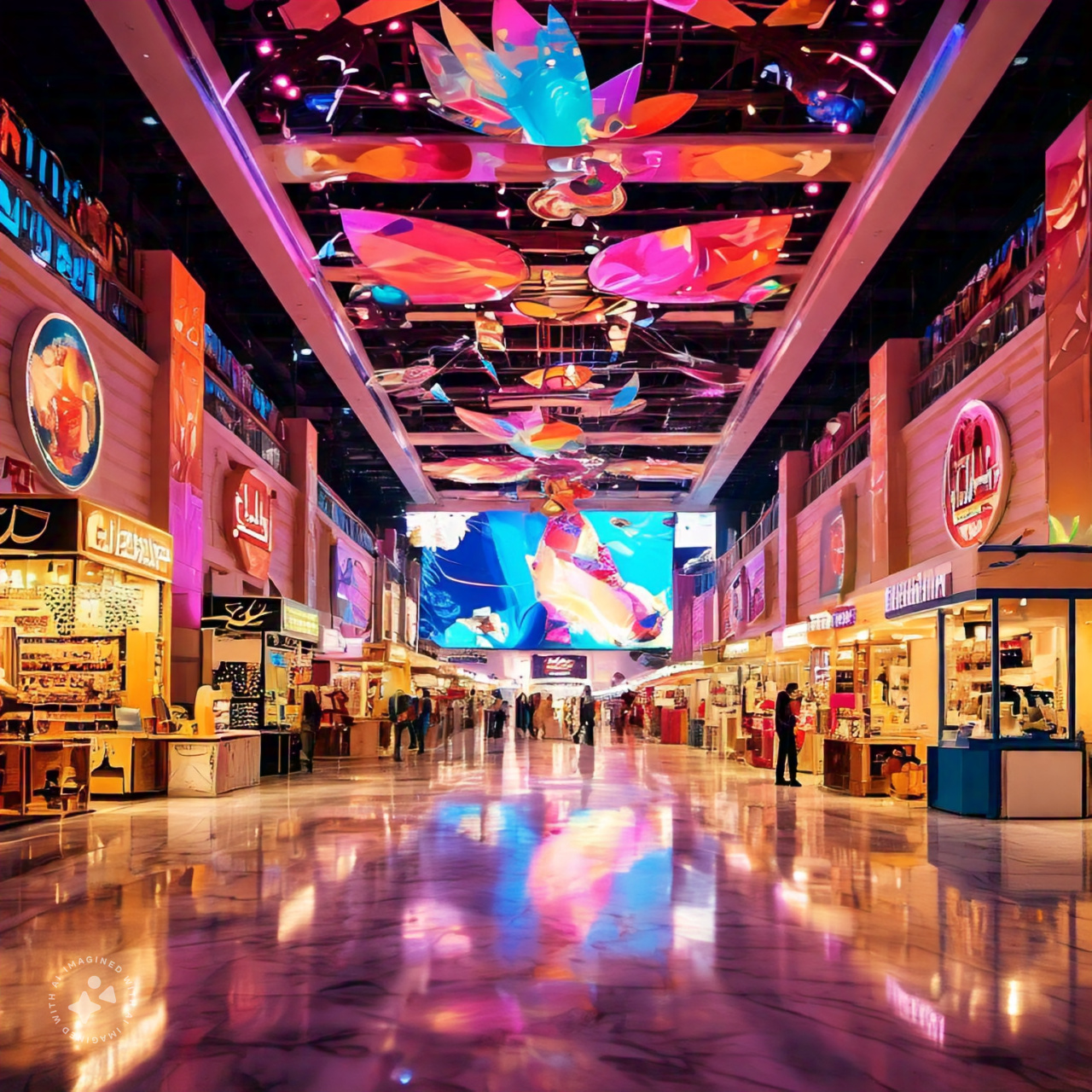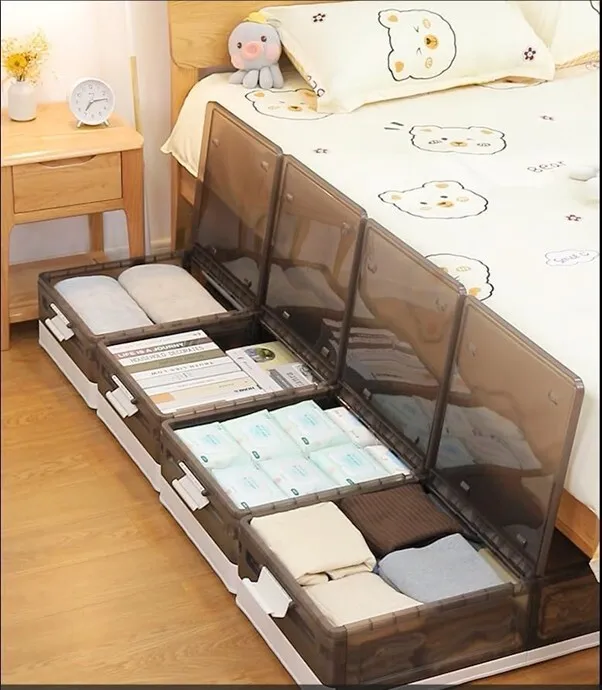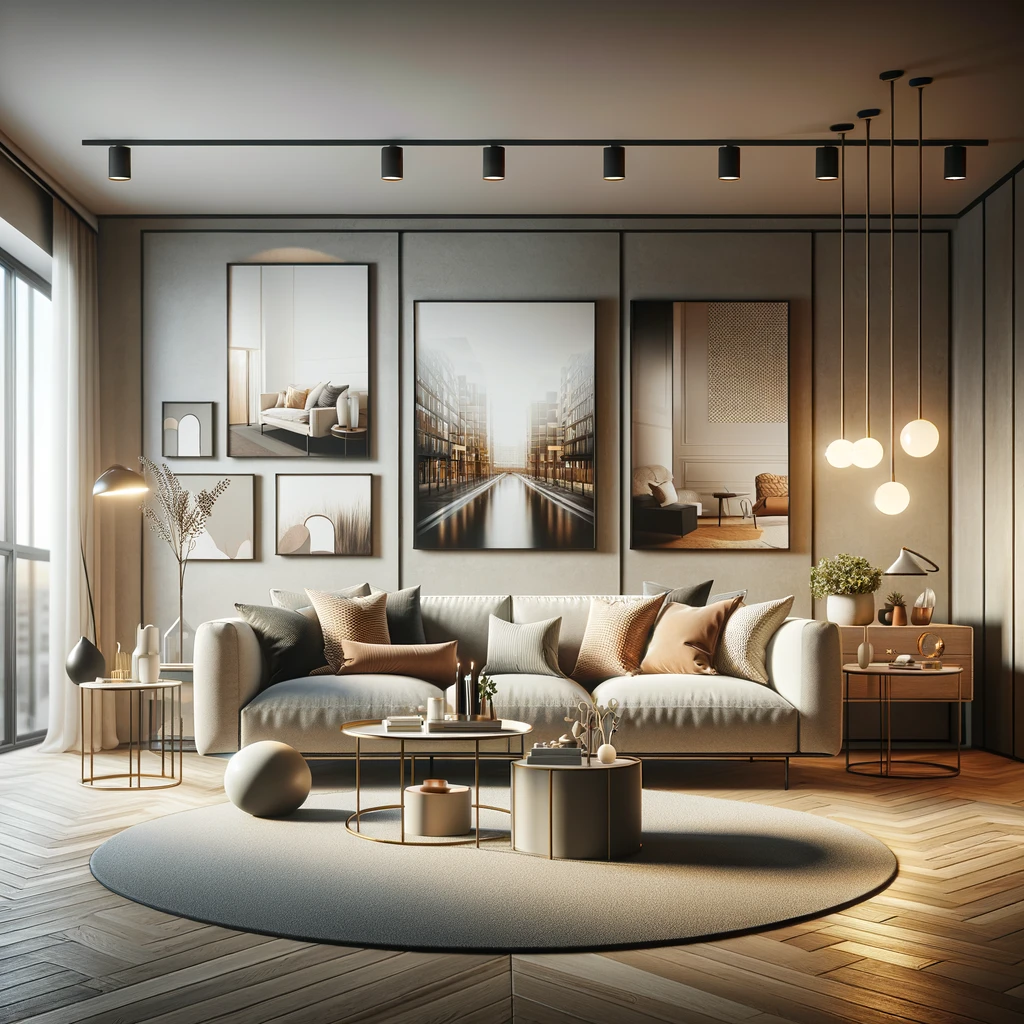Have you ever felt like you couldn’t handle the thought of making your place your own? On the other hand, maybe you’ve tried designing on your own before and failed to get the results you wanted. A lot of us want a home or office that not only fits our personality but also works well for how we live. But getting there without the help of a professional can be like chasing a mirage: it’s hard, takes a long time, and costs a lot of money.
It can change things to hire an interior designer. These professionals give your project clarity, creativity, and structure, which keeps you from having to deal with clashing styles, price overruns, and a never-ending cycle of trial and error.
This blog will show you 10 important questions to ask a potential designer to make sure you hire someone who fits your goals, ideas, and budget.
10 important questions to ask an interior designer before hiring
1. Know what you want and what you like
Making a place feel like “you” starts with being able to talk to each other clearly. Unfortunately, a lot of people have trouble expressing what they want, which can lead to designs that don’t feel personal or aren’t on target. Here’s how to make sure your artist understands what you want.
1.1. Could you show me some of your past work?
A designer’s resume tells you a lot about their style and skills. Looking at their past work will help you figure out if their style fits with yours. Check to see if they can work with different styles or if they have a unique style that shows up in all of their work.
How do you go about figuring out my personal style?
A good designer doesn’t force their ideas on you; instead, they use yours as a starting point. Ask them how they plan to find out what you want. Do they use mood boards, surveys, or in-depth interviews? It’s important that they are ready to listen and change.
2. Skill and experience
Experience can significantly impact the success of your idea. You need more than just years of experience in the field. You also need to know a lot about it.
2.1. How long have you been in business?
Having more knowledge usually means being able to solve problems better, especially when working on big or complicated projects. Younger designers may have new ideas, but more experienced pros may be better at solving difficult problems.
2.2. Have you worked on projects like mine before?
Designing a luxury penthouse is vastly different from a child-friendly neighborhood home. Ask them if they’ve worked on projects with similar needs before. This will help you be sure they understand yours.
2.3. What credentials or certifications do you have?
Professional qualifications like NCIDQ or LEED show that a designer is dedicated to doing a great job and following the rules of their field. Even though it’s not required, they can give you confidence in their skills.
3. Making a budget and showing costs
Two of the worst things that can happen on a design job are hidden costs and not sticking to the budget. To avoid them, you need to be clear.
3.1. How do you set your fees?
Designers can charge by the hour, a flat fee, or a portion of the project’s value. Knowing how they are put together will help you make better financial plans.
3.2. How Do You Manage Budgets and Control Costs?
A good designer should provide a thorough breakdown of costs and strategies for staying on track. There can’t be any compromises on openness and responsibility here.
3.3. Are there any other costs I should know about?
Travel costs, furniture made to order, and rush fees can add up fast. You can avoid unpleasant shocks if you know about these extras ahead of time.
4. Timeline and flow of the project
On-time delivery is very important, especially if you have other things to do while the planning process is going on. When assumptions about deadlines aren’t met, it can be frustrating.
4.1. How long do you think this project will take?
Talk about reasonable deadlines and possible problems. It helps you make plans based on when your job needs to be done.
4.2. How do you handle unexpected delays or problems?
Find out how they manage unexpected issues such as supply chain delays or scope changes. Being flexible is important.
4.3. How will you let me know how things are going?
Communication is the key to making an idea work. Choose an artist who works with the way you like to communicate, whether that’s once a week or all the time.
5. How to work together and make decisions
Your place should show who you are, not just what the designer wanted it to look like. That is why it is so important to work together.
5.1. How Much Say Will I Have in Design Choices?
Make it clear what your part is in making decisions. Will you be okay with every little thing, or would you rather stay out of it?
5.2. Do you only work with certain vendors or contractors?
A lot of designers have favorite suppliers, which can help you get good products but limits the options you have. Talk about these relationships to get a sense of what they mean.
5.3. What do you do when people don’t agree on design choices?
It’s normal for creative projects to have disagreements. A good designer will have a way to settle differences in a polite way.
6. Sustainability and doing the right thing
For designers today, sustainable design is not just a buzzword; it’s a duty. Your creator should care about the same things you do if this is important to you.
6.1. Do you use environmentally friendly design methods?
Ask them how they make their projects more environmentally friendly, such as by using energy-efficient lights or reusing materials.
6.2. Can you find materials that are made locally or in an ethical way?
By using ethical materials and supporting local artists, you can give your work more meaning while also lowering its carbon footprint.
7. Help After the Project
After the job is done, many clients feel like they were left behind. Talk about post-completion help right away to avoid this.
7.1. Do you offer any help after the project is done?
If a designer gives after-sale services like warranty help or maintenance tips, it shows that they care about their clients’ long-term happiness.
7.2 How do you handle problems that come up after the project is done?
If you notice that the paint is peeling or the fitting isn’t right, ask how they fix things after the project is done.
8. Taking care of specific needs
Each client and each place are different. Your designer should be able to work with your needs, whether they are related to accessibility or cultural tastes.
8.1. Are you able to meet certain functional needs?
Special care needs to be taken when designing for children, pets, or people who use wheelchairs. Make sure that your artist has worked in these areas before.
8.2. What are some ways to include personal or cultural details?
Your place should show off who you are. Talk about how they’ll add personal or national meaning to the design.
9. Review and Reputation
Work and ties with clients that a designer has had in the past say a lot about how reliable and professional they are.
9.1. Could you give me references or testimonials?
Talking to past clients can give you useful information about how they work and what results they get.
9.2: Do you have insurance and a license?
Professional licenses and insurance keep you safe from lawsuits and make sure your work is of high quality.
10. Being able to bend and adapt
No project goes just the way it’s supposed to. Being able to change can help a creator save time, money, and stress.
10.1. How do you handle changes in the middle of a project?
Unexpected things will always happen. Ask how they handle changes to the project’s scope and how those changes affect deadlines and budgets.
10.2. Would you be willing to try out new ideas?
Being flexible is great for creativity. Pick someone who is eager to try new ways to solve problems.
At last,
FAQS
Do I need an interior designer for small jobs?
Of course! Even small jobs can be made more efficient and look better with the help of a professional touch.
How long does it usually take to plan the inside of a room?
Schedules vary based on how hard the job is, but they are usually between a few weeks and a few months.
During the job, can I change my mind about the designs I’ve chosen?
Most designers are open to changes, but they will talk to you ahead of time about how they might affect costs and timelines.
